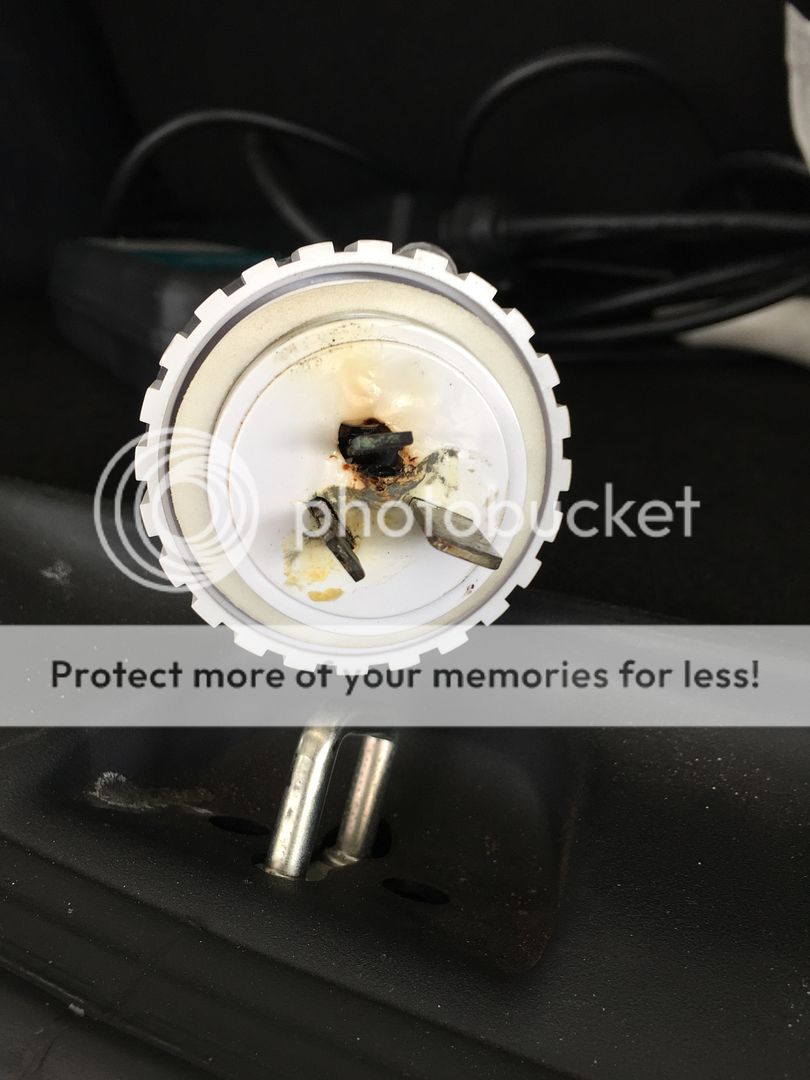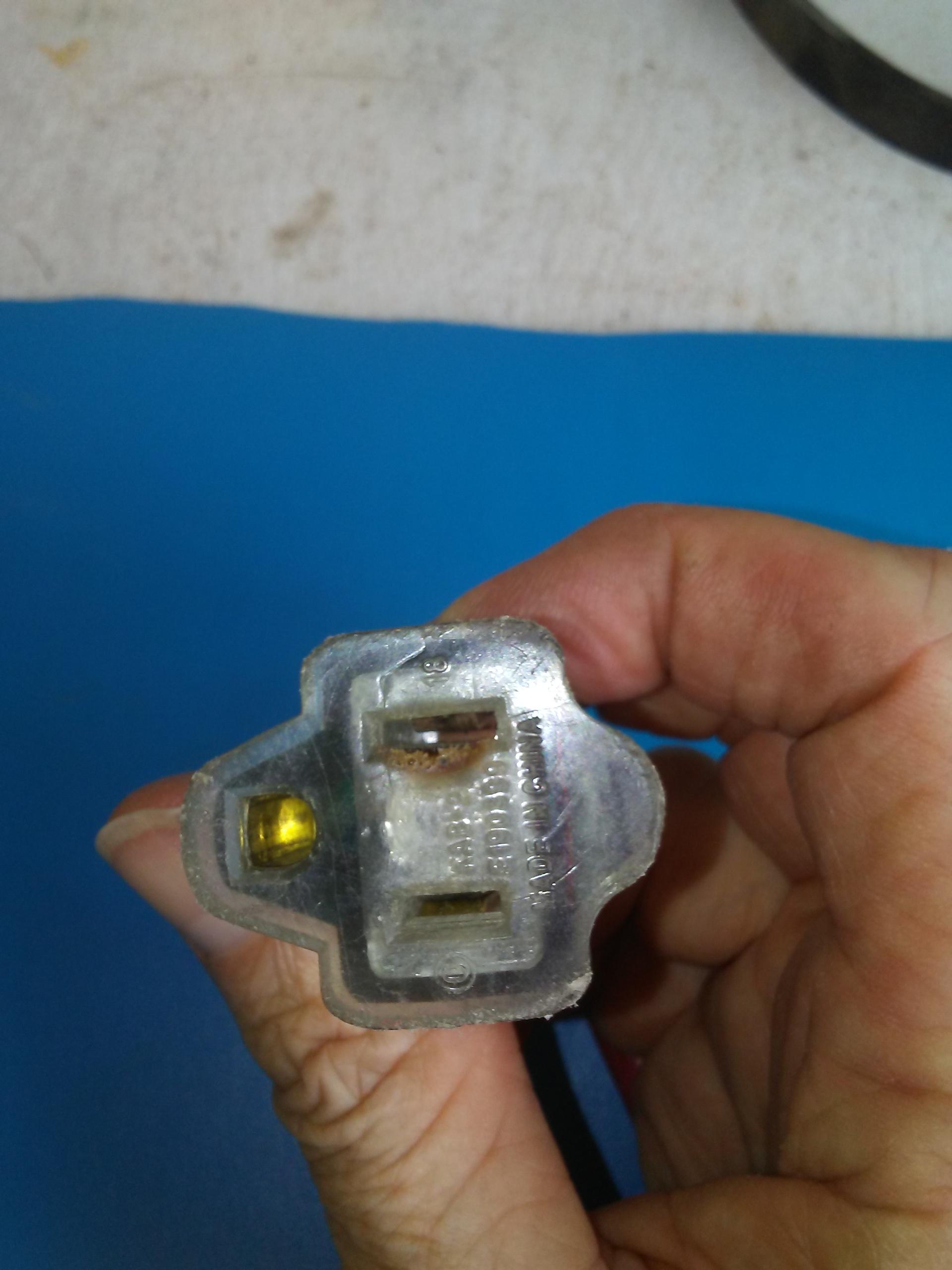Icarus
New member
Hi all. First post here and keen for some iMiev advice.
I'm from Perth, Australia and test-drove a 2012 iMiev for sale at a local car dealership today.
https://www.carsales.com.au/cars/details/Mitsubishi-i-MiEV-2012/OAG-AD-17234455/?Cr=0
I've previously spent a few hours reading through the contents of a few posts here to better understand some of the iMiev issues I might be faced with.
The iMiev for sale has very low kilometres for its age (7200kms - 2012). That did have me very curious but was unanswered by the salesman.
More concerning is heat damage on the 15 Amp Level 2 car charger plug. My limited understanding is that the OBC can have a failure mode that causes high inrush current (Pre-charger circuit failure?). I read a couple of UWA chargers were damaged by a particular iMiev, but the same car would charge on higher capacity chargers.
I'm looking at the attached picture and presume that the charger has pulled much higher current than designed. One of the pins on the plug is so loose it seems it could fall off.
The vehicle has a 10 Amp plug and Level 1 charger (undamaged) and also a 15 Amp plug and Level 2 charger (pictured). I wasn't in a position to check the functionality of either.
Any feedback on what could cause this? I've read through the 38 pages of 'Troubleshooting and repair for On-board Charger, DC-DC Converter', so I think I'm across most of those components.

I'm from Perth, Australia and test-drove a 2012 iMiev for sale at a local car dealership today.
https://www.carsales.com.au/cars/details/Mitsubishi-i-MiEV-2012/OAG-AD-17234455/?Cr=0
I've previously spent a few hours reading through the contents of a few posts here to better understand some of the iMiev issues I might be faced with.
The iMiev for sale has very low kilometres for its age (7200kms - 2012). That did have me very curious but was unanswered by the salesman.
More concerning is heat damage on the 15 Amp Level 2 car charger plug. My limited understanding is that the OBC can have a failure mode that causes high inrush current (Pre-charger circuit failure?). I read a couple of UWA chargers were damaged by a particular iMiev, but the same car would charge on higher capacity chargers.
I'm looking at the attached picture and presume that the charger has pulled much higher current than designed. One of the pins on the plug is so loose it seems it could fall off.
The vehicle has a 10 Amp plug and Level 1 charger (undamaged) and also a 15 Amp plug and Level 2 charger (pictured). I wasn't in a position to check the functionality of either.
Any feedback on what could cause this? I've read through the 38 pages of 'Troubleshooting and repair for On-board Charger, DC-DC Converter', so I think I'm across most of those components.

























